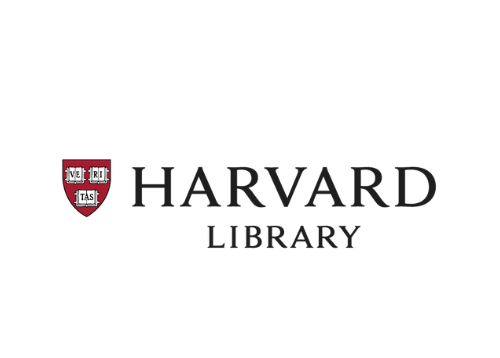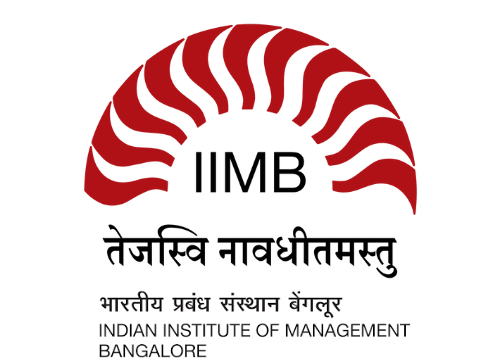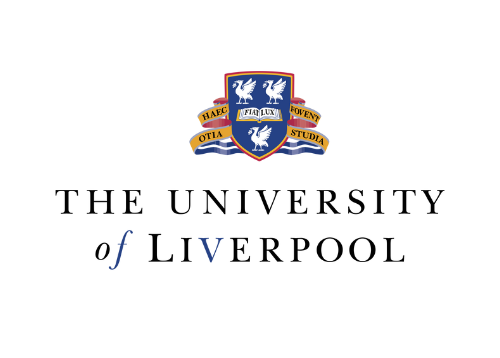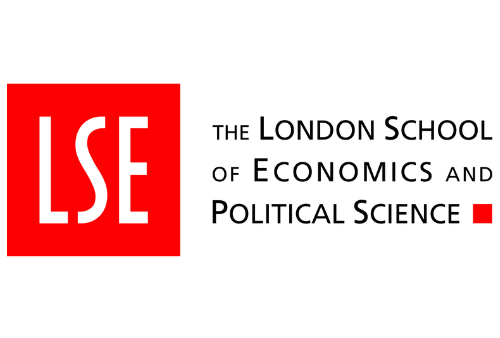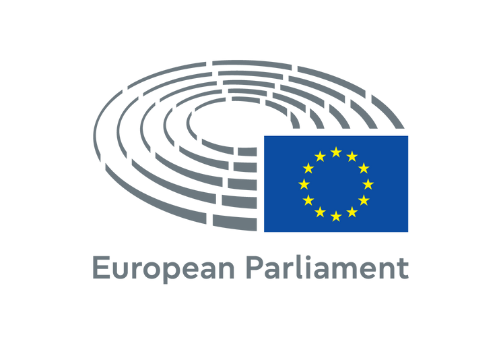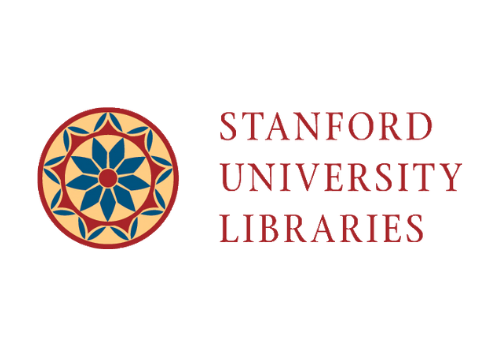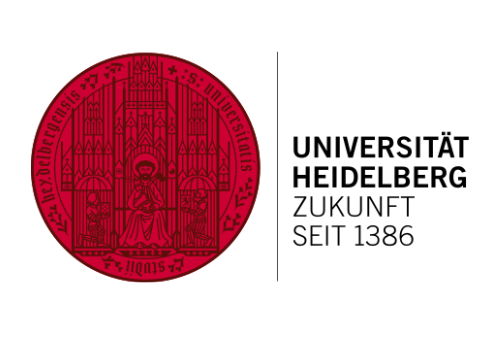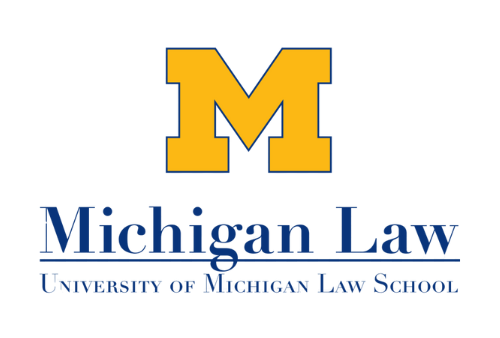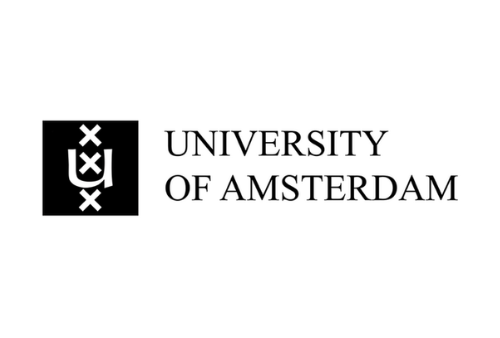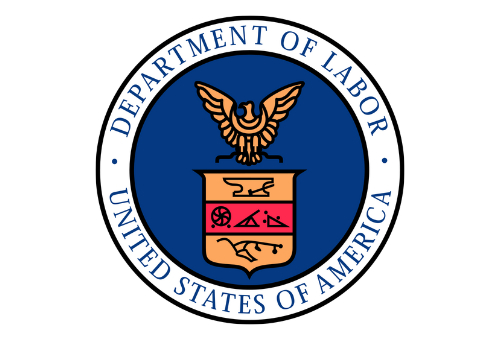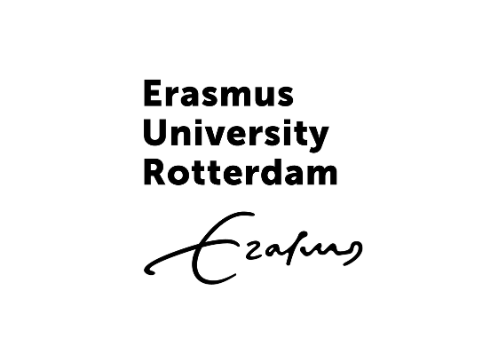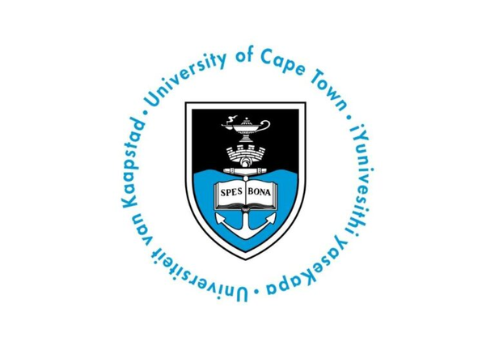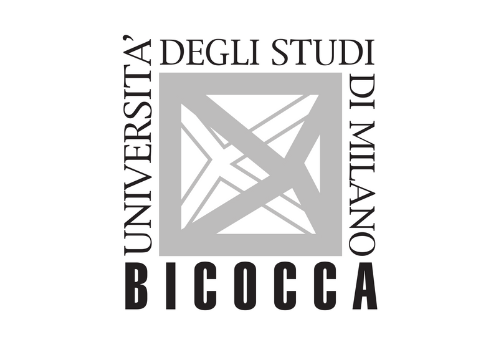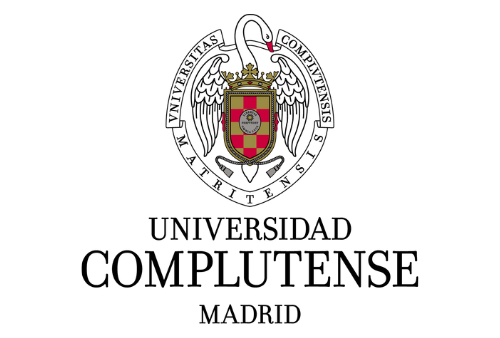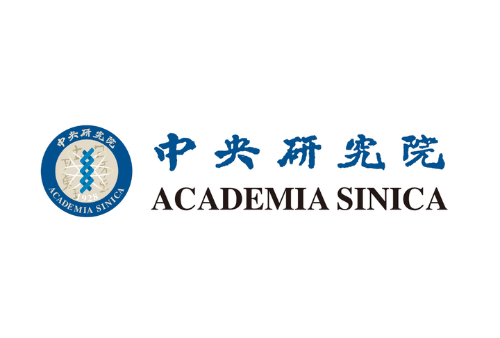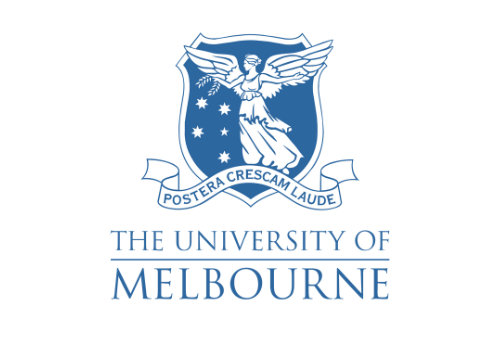RIGHT TO WORK OF PERSONS WITH LOCOMOTOR DISABILITIES IN INDIA: A LEGAL ANALYSIS
Akanksha Singh, LL.M (Criminology and Criminal Law) (Postgraduate), Department of Law, Tezpur University, India
In the world more than one billion people are disabled. One of the main goals is that the disability rights movement is to give this group of people equal access to jobs and education. The development of human rights can be traced back from the 441 BC Sophocles play “Antigone” until the 1948 AD to Universal Declaration of Human Rights. On December 9, 1975, the United Nations General Assembly adopted the Declaration on the Rights of Disabled Persons which marked the beginning of the campaign to safeguard the rights of disabled people. Due to the lack of jurisprudence on this topic, the obstacles to accomplishing this are worsening in underdeveloped countries. The most prominent of these obstacles is the definition of disability that is used in different jurisdictions which frequently emphasizes the medical model of disability above the social model. In India, one significant piece of legislation that attempts to advance and defend the rights of people with disabilities. The Act aims to give people with disabilities a thorough framework for mainstreaming and inclusion in society, guaranteeing their equal access to opportunities and participation, right to reasonable accommodation. There are different types of disabilities which are present in today’s context this paper focuses on conceptualizing the concept of locomotor disabilities. The main cause of locomotor disabilities is stress. Moreover, the paper includes both International and Indian framework for recognition of these disabilities. Lastly, it concludes by offering suggestions for strengthening the legal framework and promoting inclusive employment practices which can contribute to the ongoing discourse on disability rights and inclusive employment in India.
| 📄 Type | 🔍 Information |
|---|---|
| Research Paper | LawFoyer International Journal of Doctrinal Legal Research (LIJDLR), Volume 3, Issue 3, Page 569–618. |
| 🔗 Creative Commons | © Copyright |
| This work is licensed under a Creative Commons Attribution-NonCommercial 4.0 International License . | © Authors, 2025. All rights reserved. |


